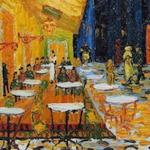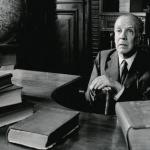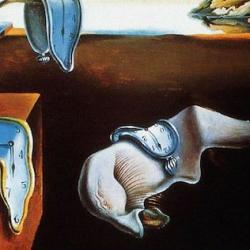John Colmer observes in his study of E.M. Forster that Forster’s novels transpose Christian terms into a secular key:
“a whole set of religious terms – salvation, grace, conversion, transfiguration – become assimilated into an essentially secular vision. . . . Men now seek their happiness on this earth not in heaven; they develop what Pater calls, in Marius the Epicurean (1885), ‘a religious veneration for life as such’; when men can no longer find the true ground of their being in God they look for it in personal relations; consequently their ideals become self‑realization, self‑fulfilment, or just sheer getting on. . . . What distinguishes Forster from other Edwardian secular salvationists is his visionary, other‑worldly quality and his harking back to an older religion with pagan rites and priestesses guarding the holy shrines (Mrs Moore and Mrs Wilcox), a religion related to the fin de siècle and Edwardian worship of Pan, but developing differently” (6).
He finds this tendency in The Longest Journey, where the novel’s opening conversation raises the question of whether one is “saved”: “This had nothing to do with evangelical religion. The phrase was a convenient piece of social shorthand to indicate whether the person belonged to the group of people that one liked and intimately knew. To belong to such a group the person had to be (a) serious, (b) sensitive, (c) in love with truth and beauty, (d) prepared to place the integrity of the inner life above questions of correct behaviour. Much the same question tended to be asked by the inhabitants of Bloomsbury and to some extent determined whether one were accepted into the magic circle or not” (54).
“Salvation” takes on a more mystical connotation in Where Angels Fear to Tread: “Salvation forms the moral centre of the novel and transfiguration is the poetic or imaginative means of achieving it. At moments of intense emotion or as the result of visionary experiences, Forster’s characters are granted a view that transfigures the details of ordinary life. Even uneducated people experience such transfigurations. The experience depends as much on love and the holiness of the heart’s affections, as on imaginative insight, as the author makes clear in saying of Lucy and George in A Room with a View, that the ‘most real thing’ is ‘love felt and returned, love which our bodies exact and our hearts have transfigured'” (57).
There is “secularization” going on here, but it is peculiarly parasitic on Evangelical Christianity.












